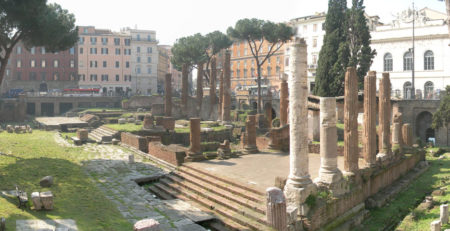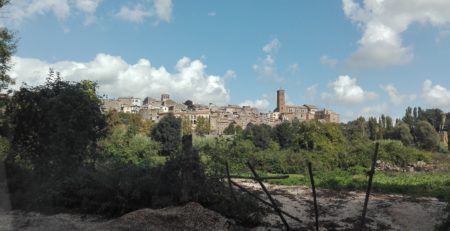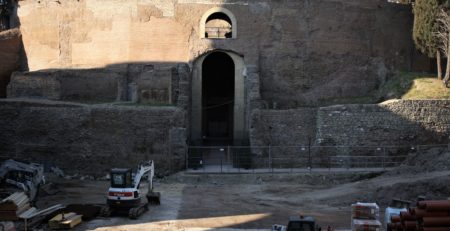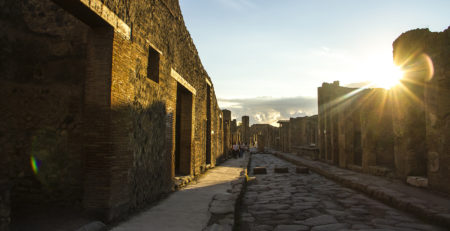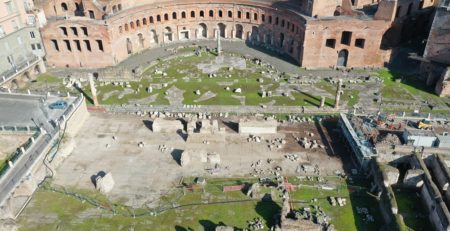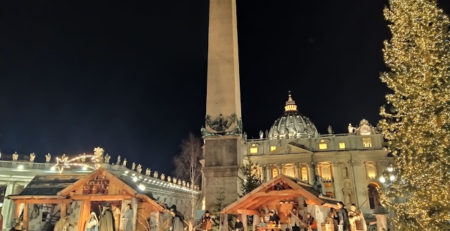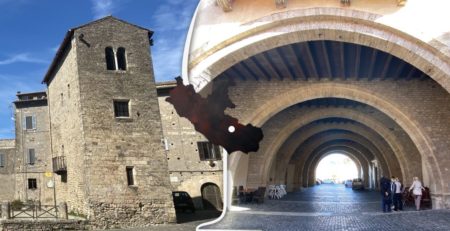The house of Livia in Rome
The House of Livia is located on the Palatine Hill, Rome, and is the gorgeous residence of Livia, the wife of Augustus.
So, if you’re wandering around the ruins of the Palatine and curious how any of these ancient houses actually would have been decorated, here’s your chance. The House of Livia still boasts (fragments of) mosaic floors and beautiful frescoes, not quite as pristine as those in the House of Augustus, but almost.
Augustus himself didn’t have too shabby a residence. However, rather than building his own palace, as many would do upon becoming the ruler of the world’s greatest empire, he purchased an existing house on the Palatine Hill. It wasn’t particularly grand — two floors, short arches (meaning a low roof) and no marble in sight. Nor did he use all of this modest space. Word has it that he spent 40 years sleeping in the same room, regardless of the weather and to the detriment of his health.
The symbolism of this was incredibly powerful. Augustus’s modesty and his choice of location (right beside the Hut of Romulus, where Romans came to honour the founder of the city), elevated him in the eyes of his people almost to the point of sainthood — the natural predecessor of Romulus himself.
When it came to Livia, Augustus was a little less modest. The arches were taller, the ceilings higher and the floors noticeably more marble-covered. She wasn’t his first wife (or second) but she was the only one he loved deeply and uncompromisingly. After stealing her and her son Tiberius away from her husband, he built her the rooms we visit today, with original marble floor tiles, huge arches and domed ceilings.
Archaeologists have done an incredible job excavating these ruins, which re opened in 2015. As the House of Livia fell to ruin, the paintings fell clean off the walls and were buried safely at a consistently cool temperature. They were discovered like this and in many cases could be picked up and put back on the wall, piece by piece.
The house of Livia is not only a place with a lot of history, but also one of the most refined and elegant examples of Roman pictorial decoration in a private setting. The spaces that today can be visited are accessed by a ramp with a barrel vault entirely faced, both on the ceiling and walls, with frescoes; the two small rooms on either side were probably used to host visitors whereas the final room, on the highest level, was for the emperor’s private and exclusive use. The official halls, where guests were hosted, are clearly more austere, whereas the more private areas of the house presents fantasy and airy motifs, highlighted by the well-preserved brightness and colour.
The best preserved section of Livia’s House consists of a square atrium and three relatively large adjoining rooms. It retains the original floors which were covered with black and white mosaics. They are rather plain with just a few geometric patterns, most likely to balance the very rich decoration of the walls. Archaeologists have found some of the lead pipes which carried water to the House. They bear long inscriptions with the names of the manufacturers and those of the landlords (in this case Iulia Augusta, a name used by Livia after her marriage to Augustus).
If you are interested in learning more about ancient Roman houses, and their lavish interiors, book a private Glory of Ancient Rome tour.







